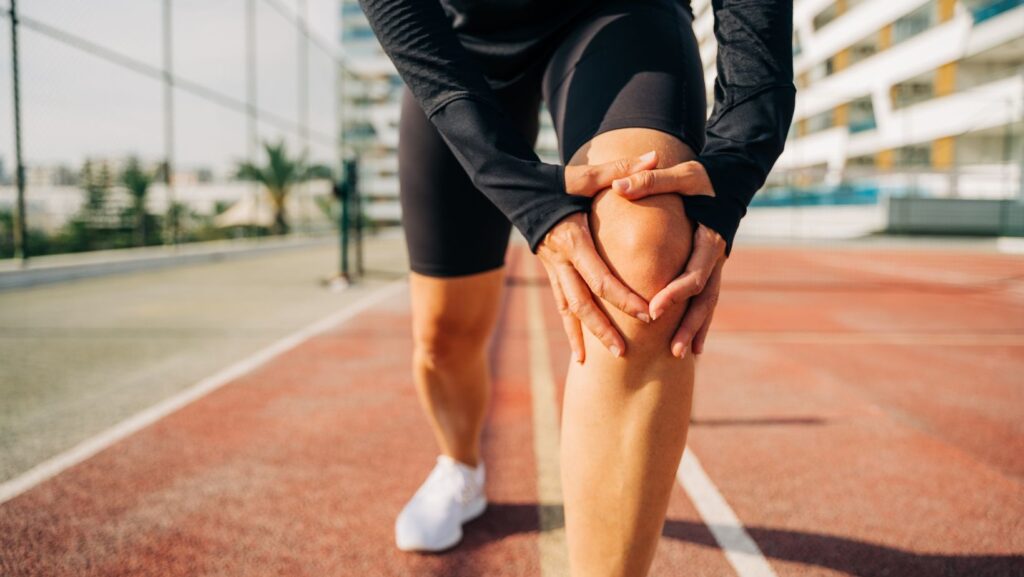Recovering from an injury can be a slow and frustrating process, especially when it interferes with your day-to-day activities, work, or hobbies. Whether it’s a sprain, a fracture, or a more serious injury from an accident, there are ways to speed up your recovery and get back to feeling your best. While rest and medical care are essential, other strategies can accelerate healing, promote well-being, and prevent further complications.
In this article, we will explore nine proven strategies to help you recover from injuries faster and regain your strength.
Seek Legal Guidance After Serious Accidents
For injuries sustained in accidents, such as car collisions or cycling crashes, it’s important to not only focus on physical healing but also ensure that you have proper legal support. Hiring a bicycle accident attorney can help protect your rights and secure compensation for medical expenses, lost wages, and pain and suffering. While your legal case is being handled, you can concentrate on your recovery without the added stress of dealing with insurance companies or legal complexities.
A personal injury attorney can guide you through the process of filing claims, gathering evidence, and negotiating settlements, giving you peace of mind while you heal. Legal action can also ensure that you receive the resources necessary for advanced medical treatments or therapies that may expedite your recovery.
Follow Your Doctor’s Advice Religiously
This may seem obvious, but many people delay their recovery by not following their doctor’s instructions closely. After an injury, it’s essential to stick to your prescribed treatment plan, whether it involves taking medication, attending physical therapy sessions, or using mobility aids like crutches or braces.
Ignoring medical advice can slow down the healing process or even cause further damage. Always communicate with your healthcare provider if you experience discomfort or if the treatment plan isn’t working as expected, as adjustments may be needed to optimize your recovery.
Prioritize Rest and Sleep
Rest is critical to recovery because it allows your body to heal damaged tissues and fight off inflammation. When you’re injured, avoid strenuous physical activities that could worsen the injury or delay healing. This might mean adjusting your daily routine or taking time off from work or exercise to ensure your body gets the rest it needs.

Sleep is also essential for tissue repair, as it’s during sleep that your body releases growth hormones that promote healing. Aim for at least seven to nine hours of quality sleep each night, and consider taking naps during the day if your body feels fatigued.
Stay Hydrated and Eat a Nutrient-Rich Diet
What you consume plays a crucial role in how well your body heals. Staying hydrated is key to maintaining healthy cells and supporting your body’s natural recovery processes. Water helps transport nutrients to cells, remove waste, and maintain proper circulation—important factors in healing.
Focus on a diet rich in vitamins, minerals, and proteins. Foods high in protein, such as lean meats, fish, eggs, and legumes, help repair damaged tissues. Vitamin C-rich foods like oranges, bell peppers, and strawberries promote collagen production, which is essential for repairing tendons and ligaments. Calcium and vitamin D are also crucial for bone healing, so be sure to include dairy products or fortified alternatives, leafy greens, and sunlight exposure in your recovery regimen.
Engage in Low-Impact Physical Therapy
Physical therapy is one of the most effective strategies for speeding up recovery, particularly for musculoskeletal injuries. Even if you’re not ready for high-intensity exercises, low-impact movements can help prevent muscle stiffness, maintain range of motion, and improve circulation to the injured area.
A qualified physical therapist can design a personalized program that targets your specific injury while ensuring that you don’t overexert yourself. They’ll help guide you through exercises to strengthen weakened muscles, improve flexibility, and enhance coordination—factors that will help prevent future injuries and support a quicker recovery.
Use Cold and Heat Therapy Wisely
Cold and heat therapy are simple yet effective treatments that can significantly speed up the healing process when used correctly. Cold therapy, such as ice packs, is beneficial during the first 48 to 72 hours after an injury. It reduces swelling and inflammation by constricting blood vessels and numbing the injured area, which can also help manage pain.
Once the initial swelling has subsided, heat therapy can be applied to improve blood flow, relax tense muscles, and promote tissue healing. Heat pads, warm baths, or hot compresses can be used to relieve pain and stiffness, but avoid applying heat directly to open wounds or inflamed areas.
Stay Positive and Manage Stress
Your mental state can have a powerful impact on your physical recovery. Staying positive and managing stress effectively can speed up healing by promoting relaxation and reducing the production of stress hormones like cortisol, which can hinder recovery.
Stress management techniques such as meditation, deep breathing exercises, and mindfulness can help you stay calm and focused during the healing process. Surrounding yourself with a strong support system of family and friends can also lift your spirits and keep you motivated throughout your recovery journey.
Try Massage Therapy for Muscle Relaxation
Massage therapy is not just a relaxing treatment—it can also aid in recovery by improving blood flow, reducing muscle tension, and promoting lymphatic drainage. Regular massages can alleviate pain, reduce swelling, and enhance your range of motion, especially for injuries involving muscles, tendons, or ligaments.
Consult with a licensed massage therapist who is experienced in injury recovery to ensure that the therapy is safe and tailored to your needs. They can focus on the injured area or provide full-body treatments to promote overall relaxation and wellness.
Consider Alternative Therapies
Many people find relief from injuries through alternative therapies. Acupuncture, chiropractic care, and herbal remedies are popular options for enhancing healing and reducing pain. Acupuncture, for instance, is believed to stimulate the body’s natural healing processes by improving energy flow and circulation.
Chiropractic adjustments can help realign the spine and other joints, reducing pain and improving mobility after an injury. Similarly, herbal supplements like turmeric, ginger, or arnica may help reduce inflammation and promote healing, though it’s important to consult with your doctor before starting any alternative treatments to ensure they’re safe and appropriate for your condition.

Recovering from an injury requires a multi-faceted approach that includes medical treatment, lifestyle adjustments, and sometimes legal support. By working with healthcare professionals and possibly an accident attorney if your injury resulted from an accident, you can ensure that all aspects of your recovery are addressed. Following your doctor’s advice, maintaining a healthy diet, staying positive, and incorporating therapies like physical therapy, massage, and stress management will help accelerate your healing process and get you back to your normal activities as quickly as possible.



